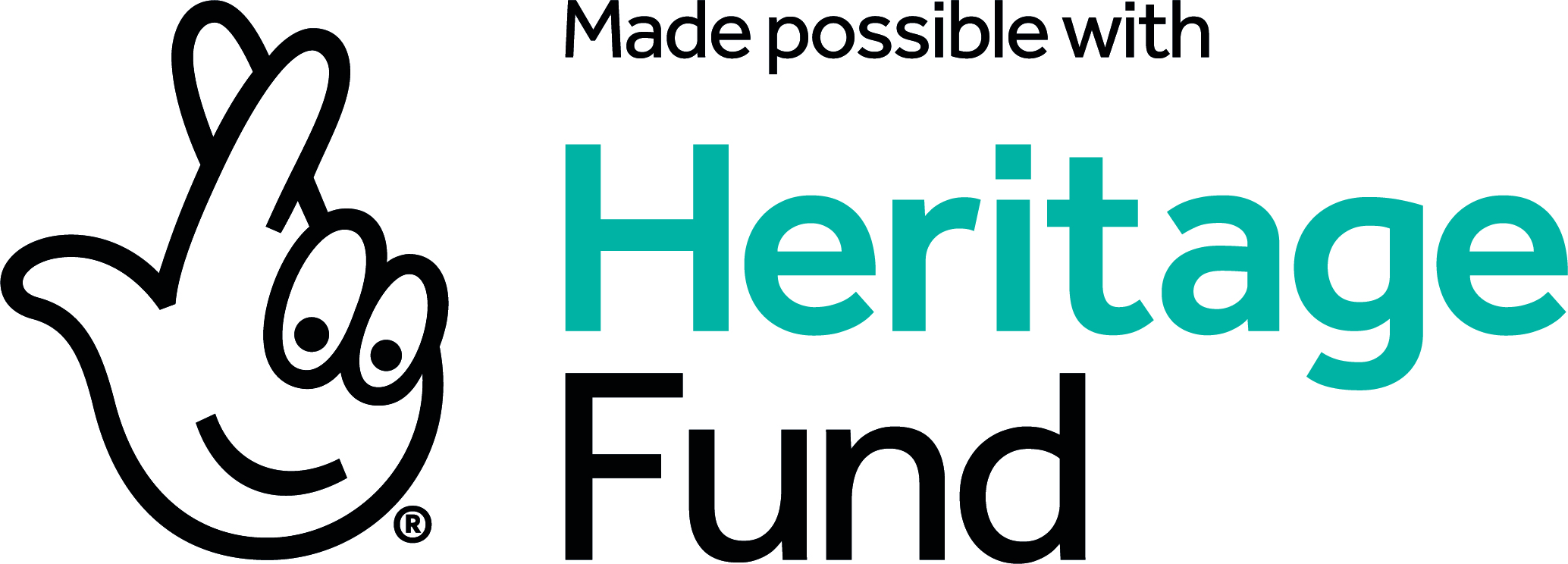



Everything is connected. In May 2013 Transition Town Louth held the Louth Festival of the Bees, an art exhibition, conference, operatic concert and more, which connected bees and wildflowers, arts and science, to promote aspects of the environmental crisis that humanity faces. The Festival brought us into contact with sculptor Marcus Vergette who was looking for an east coast site for another Time and Tide Bell. Soon Marcus was with us, scoping locations along the Lincolnshire coastline.
Our beaches are a contrast to the other Bell locations, wide open expanses of sand and big skies, a deep history of shifting coastlines over centuries and millennia and a future whose only certainty is deep uncertainty. The Time and Tide Bell produced an opportunity to start conversations about our relationship with the seas, back into unfathomable time and forward to the time from which we have no evidence, not so much as a stone tool or bone fragment, because it has not yet been.
The past is the history of ice ages and sea level changes, to which people have adapted. The future will be the product of human influence, global heating and sea level rise. Our ability to adapt will be tested. The Bell looks out over Doggerland, the vast plain that, in Mesolithic times, was home to countless people, its lakes, rivers and shores, providing rich resources. The uplands of that plain are once again being built upon but now with wind-farms, substituting fossil fuels with renewable energy.
The gas pipelines that cross the beach near the Bell are now shut down, the southern North Sea gas fields emptied of their methane, burnt in our homes and factories, the carbon dioxide vented to the atmosphere. This has contributed to changing the air’s composition from 280 to 415 parts per million of carbon dioxide. We need to revers that. It is not enough to reduce our carbon emissions; the damage must be undone.
To install the Bell on our beach we formed the Lincolnshire Time and Tide Bell Community Interest Company, but that was just our first objective. Our continuing task is to create a programme of art exhibitions and events that engage people with aspects of the natural environment, fusing the arts with the sciences and using the arts as a tool to promote mitigation and adaptation to the consequences of global heating.
Our major events so far and planned:



